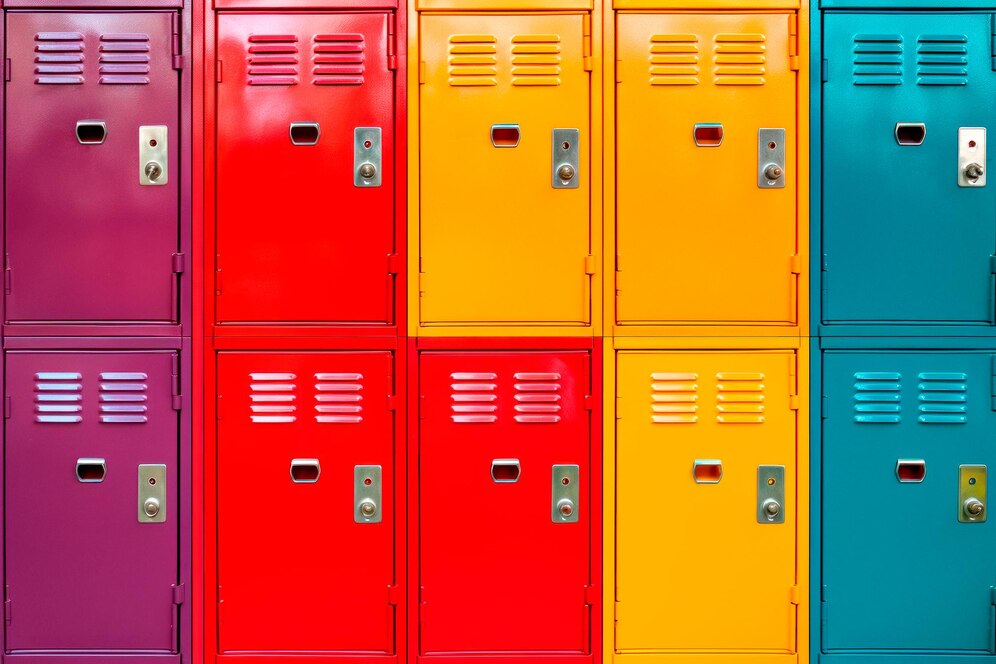School lockers play an integral role in the daily lives of students, providing them with a secure space to store their belongings. In the Philippines, the use of lockers in educational institutions is gaining popularity due to the increasing awareness of their benefits. This guide aims to provide a comprehensive overview of school lockers, including their types, benefits, and important considerations for schools looking to implement them.
Table of Contents
Types of School Lockers
There are various types of school lockers available, each catering to different needs and preferences. The most common types include:
Standard Lockers: These are the traditional lockers that are often locker. They are usually made of metal and come in various sizes, typically featuring a single compartment with a lock.
Cube Lockers: Smaller and more compact, cube lockers are ideal for younger students or schools with limited space. They are usually made from plastic or metal and can be stacked to save space.
Ventilated Lockers: These lockers have perforations or vents to allow air circulation, making them perfect for storing sports gear or wet items. They help to prevent odor buildup and keep items dry.
Digital Lockers: Equipped with electronic locks, these lockers offer enhanced security. Students can access their lockers using a code or a card, eliminating the need for keys.
Wooden Lockers: These lockers provide a more aesthetic appeal and are often used in private schools or institutions that prioritize interior design. They are durable and can be customized to match the school’s decor.
Benefits of School Lockers
Implementing school lockers offers numerous advantages for both students and educational institutions:
Security: Lockers provide a secure place for students to store their personal belongings, reducing the risk of theft or loss. This is particularly important for items such as textbooks, laptops, and personal valuables.
Organization: Having a designated space for their items helps students stay organized. They can keep their school supplies, books, and personal items in one place, making it easier to manage their belongings throughout the day.
Health and Safety: Carrying heavy backpacks can lead to back and shoulder problems. Lockers allow students to store their books and materials, reducing the physical strain and promoting better posture.
Responsibility: Lockers teach students responsibility and time management. They learn to keep their space tidy and manage their belongings effectively, which are valuable life skills.
Space Efficiency: For schools, lockers help in maintaining a clutter-free environment. They reduce the number of items left in classrooms or hallways, contributing to a more organized and safer school setting.
Considerations for Schools
When deciding to implement lockers, schools need to consider several factors to ensure they meet the needs of their students and staff effectively.
Space Availability: Schools must assess the available space to determine the number and size of lockers that can be installed. Proper planning ensures that lockers do not obstruct walkways or emergency exits.
Budget: The cost of lockers can vary significantly based on the type, material, and security features. Schools should set a budget and explore options that provide the best value while meeting their requirements.
Durability: Lockers should be made from durable materials that can withstand daily use and potential vandalism. Metal and high-quality plastic are common choices due to their strength and longevity.
Security Features: Ensuring that lockers are secure is paramount. Schools can choose between traditional padlocks, built-in combination locks, or advanced digital locks based on their security needs and budget.
Customization: Schools may want lockers that match their branding or interior design. Many manufacturers offer customization options, allowing schools to choose colors, designs, and even incorporate their logos.
Maintenance: Regular maintenance is essential to keep locker in philippines. Schools should establish a maintenance schedule and ensure that any damaged lockers are repaired promptly to avoid inconvenience to students.
Conclusion
School lockers are an essential addition to educational institutions in the Philippines, offering numerous benefits that enhance the daily lives of students. By providing a secure, organized, and efficient way to manage personal belongings, lockers contribute to a better learning environment. Schools looking to implement lockers should carefully consider factors such as space, budget, and security to make informed decisions. With the right planning and execution, lockers can significantly improve the overall school experience for students and staff alike.
If your school is considering installing lockers, explore the wide range of options available and choose the ones that best suit your needs. Investing in quality lockers is an investment in the safety, organization, and well-being of your students, helping them focus on what truly matters – their education.

